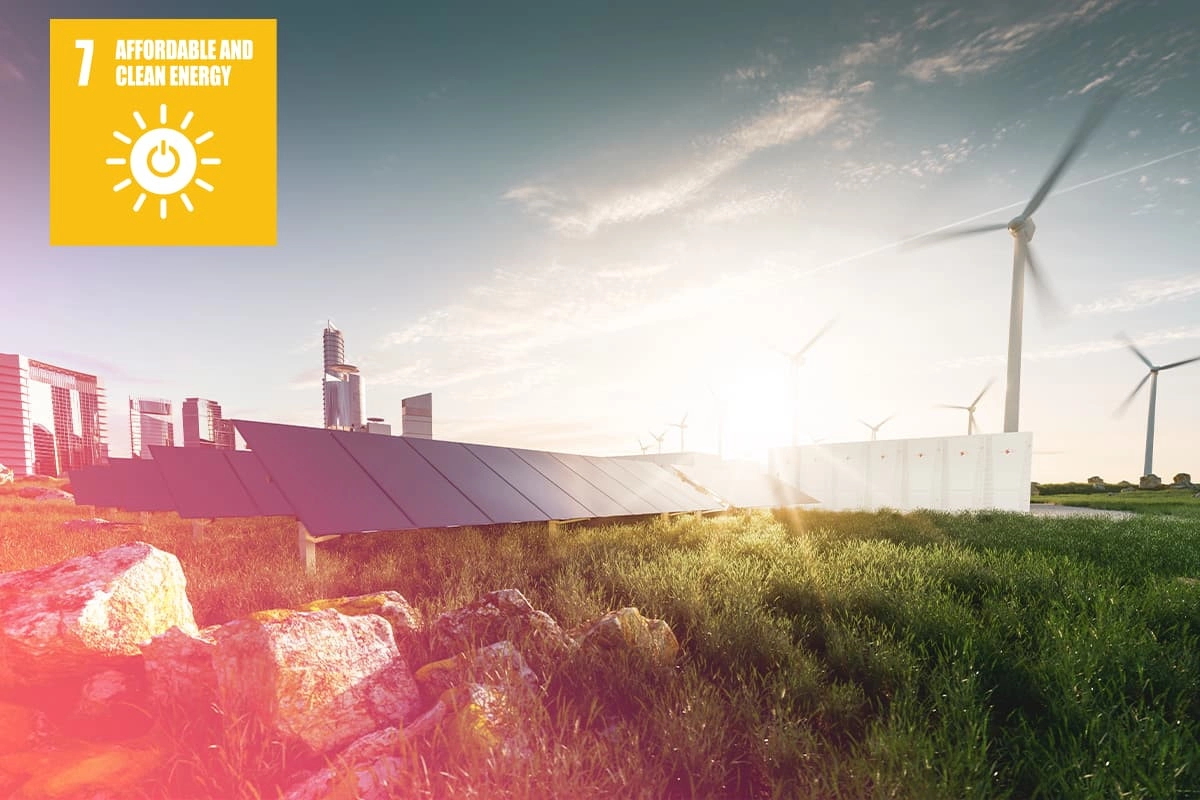
Sustainable Development Goals | Goal 7: Affordable and Cean Energy
What is in this article?
Imagine that energy, which is essential to practically every part of our existence, is quickly running out and can no longer meet our demands. Therefore, there are actions we can take before essential energy resources run out.
We can invest in the future by converting to affordable and clean energy by putting into place practical measures to increase consumption efficiency.
In order to raise the wealth level of nations and the standard of life in societies, the Sustainable Development Goals (SDGs) include forecasts on energy to build a livable environment globally.
The Sustainable Development Goals (SDGs), which are being carried out under the direction of the United Nations (UN) and with the help of many nations, include 169 distinct articles under 17 global goals on a range of topics, including combating the climate crisis, which is one of the most significant issues facing the world and humanity, ending poverty, protecting the environment, distributing wealth equitably, and ensuring global peace. The three dimensions of social, environmental, and economic projects are all tied to the Sustainable Development Guidelines.
The Sustainable Development Goal on clean energy comprises of the actions to be implemented under the framework Ensuring access to affordable, reliable and modern energy services by 2030.
You can read about the purpose of the Affordable and Clean Energy Goal, numerical examples from around the world, and what you can do as an individual in the rest of our article.
What are the Sustainable Development Goals?
SDGs stand for sustainable development goals. The global goals were developed by the United Nations in 2000 as a follow-up to the Millennium Development Goals (MDGs) and implemented by 189 countries that took the initiative as a call to action.
The goals to be achieved by 2030 aim to eradicate all forms of poverty. In order to implement the commitments and achieve the goals, the goals must be known to all people.
The table below lists the logo styles pertaining to 17 titles of the Sustainable Development Goals, which are extremely important to humanity and enable us to leave behind a planet that is habitable for future generations:
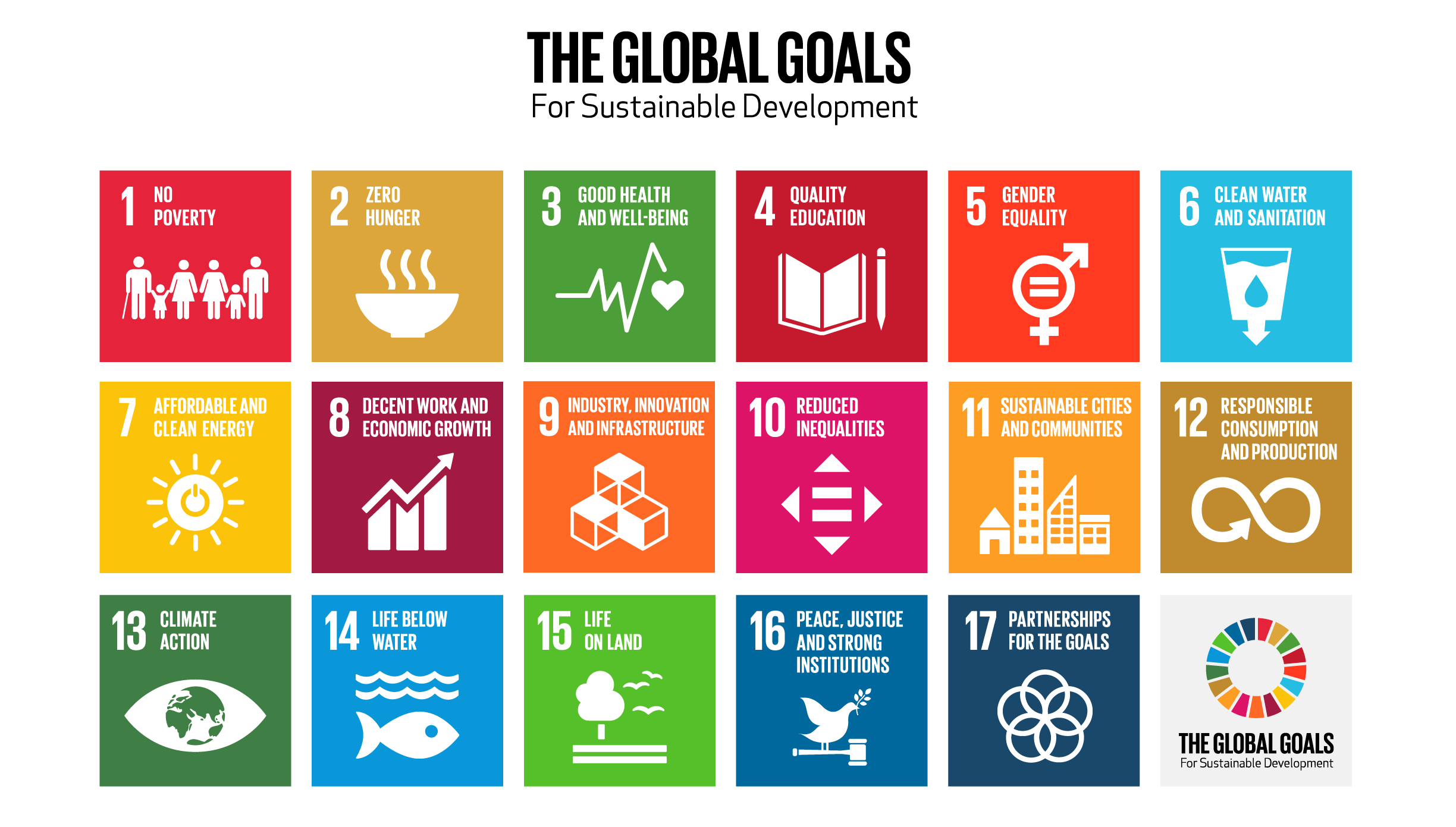
The new universal goals, which will be put into effect in the next 15 years, have as their main goals the eradication of unfairness and disparities in access to reliable and sustainable energy sources, promotion of practices to combat climate change, and the guarantee that no nation is left behind in the process of development.
What is Affordable and Clean Energy?
Energy that is both readily available and clean can be produced without harming the environment or the stock of natural resources, and it can be handed on to future generations.
The energy potential of renewable energy sources can be used in a way that is safe for humans, other creatures, and the environment. A sustainable and dependable source of energy is created by utilizing contemporary technology and natural resources to produce energy that is highly efficient.
-
What Is the Purpose of Affordable and Clean Energy?
The Sustainable Development Goals, which have been developed as a roadmap, handle the subject of energy, which cannot be seen independently from the fundamental issues that all people living on Earth face.
The development of nations and countries' economies, societies, and environments is essentially ensured by affordable and clean energy. Insuring global recovery and prosperity is related to taking steps and acting in a way that maximizes advantages and supports other universal principles aimed at by the Sustainable Development Goals.
Assuring that everyone has access to inexpensive, dependable, sustainable, and modern energy is the main goal of Affordable and Clean Energy.
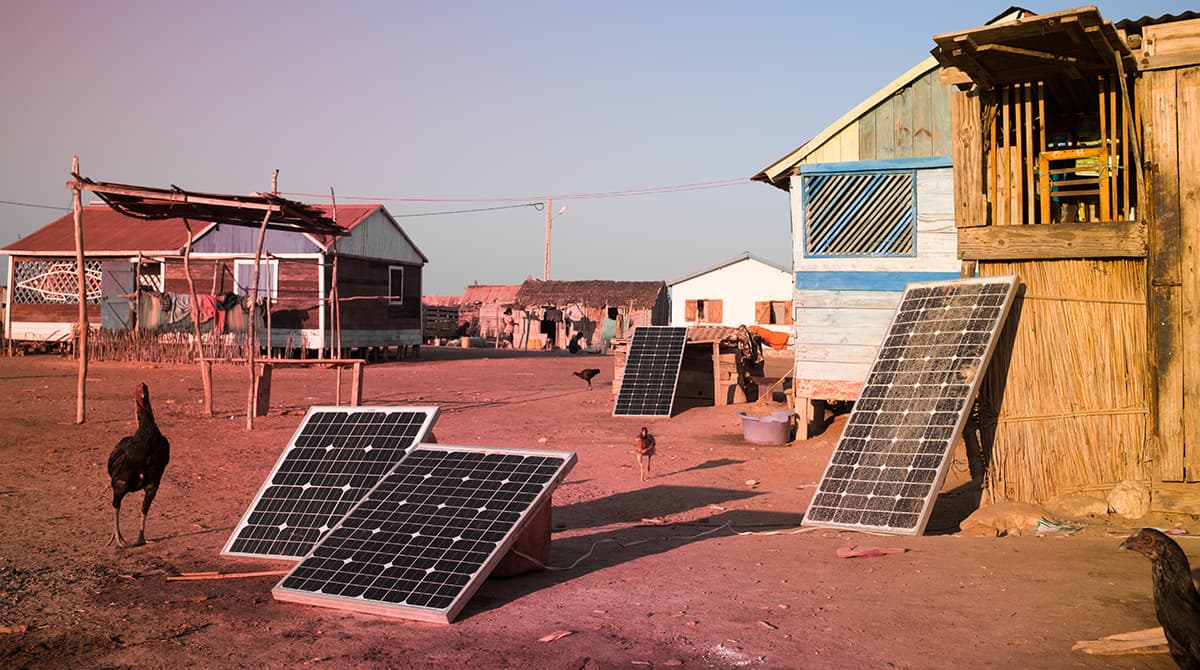
-
What Are the Sub-Goals of Affordable and Clean Energy?
The energy issue, which is addressed under a separate goal in the Sustainable Development Goals, consists of three main themes. The goals to ensure access to affordable, sustainable, reliable and modern energy for all are as follows:
7.1 Ensure universal access to affordable, reliable, and modern energy services by 2030
7.1.1. Increase the proportion of the population with access to electricity
7.1.2. Increase the proportion of the population using clean fuels and technologies for heating, lighting and cooking
7.2. Significantly increase the share of renewable energies in global energy resources by 2030
7.2.1. Increase the share of renewables in total final energy consumption
7.3 Double global progress in energy efficiency by 2030
7.3.1. Energy intensity of the economy
7.a. By 2030, strengthen international cooperation to facilitate access to clean energy research and technologies, including renewable energy, energy efficiency, and advanced and cleaner fossil fuel technologies, and promote investment in energy infrastructure and clean energy technologies
7.a.1 Provide funding equal to the U.S. dollars earmarked for each year consistent with the repayable commitment (undertaken by parties to the UN Framework Convention on Climate Change to address the needs of developing countries) of $100 billion by 2020
7.b. By 2030, expand infrastructure and improve technology to provide modern and sustainable energy services to all, particularly in least developed countries, small island developing states, and landlocked developing countries, through assistance programs to these countries
7.b.1. Increase foreign direct investment in services for sustainable development in the form of technology transfer and financing of investments in infrastructure and energy efficiency by committing a certain percentage of GDP
How Many People in the World Do Not Have Access to Electricity?
There is no doubt that the need for energy, which enables people to meet their basic needs such as food, shelter and health, is increasing day by day. One of the most important factors of energy shortage is the problem of access to electricity. Research conducted by experts shows that one in 10 people do not have access to electricity and have great difficulty meeting their vital needs.
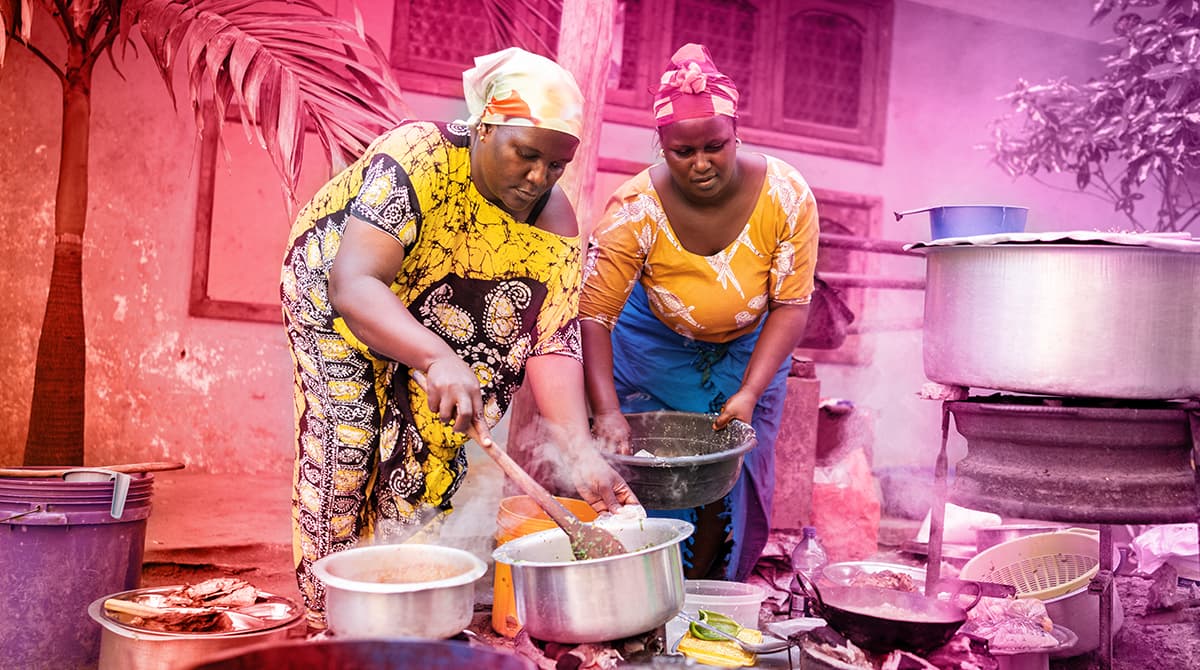
All societies living in highly developed regions (Europe, Central Asia, North America) have access to electricity. If we look at the statistical figures from sub-Saharan African countries (with the exception of Sudan), we come to the conclusion that more than half of the population does not have access to electricity.
Since it is difficult to conduct country-specific studies, the table below presents numerical evaluations from studies conducted in the different geographic regions of the world on electricity access rates:
| Regions / Income Levels | 2015 | 2016 | 2017 | 2018 | 2019 |
| World (General) | 86.8 | 87.7 | 88.6 | 89.4 | 90.1 |
| Sub-Saharan Africa | 38.7 | 43.5 | 43.4 | 45.8 | 46.7 |
| Middle East & North Africa | 96.5 | 96.8 | 97.7 | 96.3 | 97.2 |
| East Asia & Pacific | 97.1 | 97.1 | 97.8 | 97.9 | 98.1 |
| Europe & Central Asia | 99.3 | 100 | 100 | 100 | 100 |
| South Asia | 84.6 | 86.5 | 89.7 | 92.4 | 94.4 |
| Latin America & Caribbean | 97.3 | 97.5 | 97.7 | 97.8 | 98.4 |
| North America | 100 | 100 | 100 | 100 | 100 |
| High Income Regions | 100 | 100 | 100 | 100 | 100 |
| Mid-Level Income Regions | 89.5 | 90.6 | 91.7 | 92.7 | 93.5 |
| Low-Income Regions | 31.5 | 36.8 | 38.4 | 39.8 | 40.9 |
Table 1. Rates of Access to Electricity by Region and Income Level in the World (% / Population)
-
How to Solve the Problem of Access to Electricity?
It is important to take measures for affordable and clean energy as soon as possible and quickly implement projects with renewable resources. Considering the Sustainable Development Goals, it is very important to invest in sustainable and clean energy sources such as wind, solar, geothermal, hydropower or biomass. The problem of access to electricity can be easily overcome by consistently assessing and fulfilling the potential of renewable energy.
Related Information on Affordable and Clean Energy
Electricity is generated by harnessing the heat released from the burning of resources such as petroleum, coal, natural gas in solid, liquid or gaseous form on earth. There are also nuclear energy sources which are not active in Turkey but are used in different countries of the world. In this context, the Sustainable Development Goals (SDGs 7) come into play, which require that countries use human and environmentally friendly resources to replace non-renewable resources.
In this context, the following are some notable headlines:
- Globally, the rate of access to electricity has increased from about 83 percent in 2010 to 91 percent in 2020. During this period, the number of people without electricity dropped from 1.2 billion to 733 million, but the pace of progress has slowed in recent years due to COVID-19.
- From 2010 to 2018, access to electricity increased by an average of 0.8 percentage points per year, with only 0.5 percentage points between 2018 and 2020. At this rate, only 92 percent of the world's population will have access to electricity in 2030, leaving 670 million people unserved.
- The share of renewable energy sources in total energy consumption reached 17.7 percent in 2019, up 1.6 percentage points from 2010.
- Between 2010 and 2020, the percentage of people with access to clean cooking fuels and technologies increased from 57% to 69%, but by 2020, 4 billion people were still using inefficient and polluting cooking systems.
Work on Achieving Affordable and Clean Energy Goals in the World and in Turkey and Figures
Effective, dependable, and sustainable projects on affordable and clean energy in Turkey have been developed for the welfare and development of the nation, and many steps have been taken to demonstrate that action has been taken. Additionally, fresh initiatives, investments, and procedures are still being developed within the context of research on globally affordable and clean energy.
The developments listed in the summary of the Global Renewable Energy Status Report for 2021 published by the Turkish National Committee of the World Energy Council are as follows:
- Despite the decline in the production of biofuels, which are preferred as a renewable energy source in transportation, the sales of electric vehicles (EVs) have increased.
- China has joined the list of nations that have established the aim of carbon neutrality (reaching a zero emission point in light of greenhouse gas offsetting efforts) by stepping up its policies in accordance with its promises to tackle the climate problem.
- The United States made the decision to rejoin the Paris Agreement, which controls the climate system, in early 2021.
- China and Germany have seen a successful year for green heating thanks to the broad adoption of regional solar power projects and growing political support for green heating technologies.
- South Australia, a world leader in rooftop solar penetration for nearly 10 years, set a record on October 11, 2020 by achieving the world's highest level of solar penetration with rooftop solar energy systems. The state, which is leading the way, saw a significant reduction in demand for electricity from the grid.
Alongside efforts to achieve the Sustainable Development Goals, the following are developments and statistics from Turkey:
- Solar power: The 2020 year-end statistics published by EMRA (Energy Market Regulatory Authority of Turkey) on the use of renewable energy sources are shown in the Electricity Market 2021 Market Development Report. According to the report, the data, which accounts for 48% of total electricity consumption, increased to 50.02% by the end of 2021.
- The contribution of the potential released from renewable energy sources to total energy consumption is calculated at 11.9%.
The figures for 2020, showing the achieved level of licensed electricity generation, were given as 40.3%. With rising investment levels and installed power balances, the share of renewable energy sources, which had dropped to about 33.31% by 2021, has started to rise once more.
One of the top energy firms in Turkey, Aydem Yenilenebilir Enerji A.Ş., helps Turkey generate more renewable energy adding long-term value to the economy. The organization's power plants have met the effective values of the sub-target, renewable energy share in total final energy consumption. The majority of HEPPs, and WPPs, and GPPs have contributed significantly to the achievement of the affordable and clean energy targets.
Twenty of the 24 operating power plants owned and operated by AYDEM Yenilenebilir Enerji A.Ş. are hydroelectric power plants (HEPPs), three are wind power plants (WPPs), and one is a geothermal power plant (GPP).
The licensed installed capacity of the power plants producing energy using domestic and renewable resources is about 1,020 MW (MegaWatt). In addition, the annual energy generation capacity of power plants producing energy using renewable energy sources has reached about 3,930 GWh.
What Can Each Individual Do in Terms of Affordable and Clean Energy?
 The family is the starting point for teaching and bringing to the public's attention the issue of affordable and clean energy. To that end, in addition to basic education and awareness raising in the family, UN websites such as https://worldslargestlesson.globalgoals.org/ can be used.
The family is the starting point for teaching and bringing to the public's attention the issue of affordable and clean energy. To that end, in addition to basic education and awareness raising in the family, UN websites such as https://worldslargestlesson.globalgoals.org/ can be used.
Developments pertaining to the Sustainable Development Goals must also be followed, reported on, and taken into account on reliable platforms including social media, television, and radio. Raising awareness of things that each may do is made possible by contents, visuals and publications that educate readers about a variety of breakthroughs, advancements, and methodologies.
The Sustainable Development Goals are the framework around which renewable energy initiatives are developed and put into action. A clear sign that the energy potential that may currently be exploited is doomed to exhaustion is the fact that the fuel supplies that are currently available, generated from fossil raw materials and causing dependence, are finite. Individual duties are also of particular importance, in addition to the combined efforts and cooperative practices of nations on behalf of the globe and their countries.
We can start saving energy by being more careful while using equipment that we use regularly at home and at work that use a lot of electricity. Consider the energy class of products while purchasing electrical appliances. You can opt for energy-saving lighting systems and smart socket technologies. Thermal insulation treatments and proper appliance placement are also crucial for lowering energy usage.
To increase awareness of the cost-effective usage of power is one way that you can make a personal contribution to promoting affordable and clean energy. You can review our detailed content on electricity saving and take effective steps to work within the framework of the Sustainable Development Goals.
It is very beneficial to rely on solar-powered systems rather than electric technologies to meet heating, electricity and hot water needs. And although BP is one of the companies that produce fossil fuels, the VYVE application developed by BP makes it easy to calculate the carbon footprint of transportation. Users have the chance to instantly assess how much their usage of personal automobiles, minibuses, buses, and trains during the day when going to work, school, the market, or travelling between cities affects carbon emissions.
Top 10 Reasons to Take Action for Affordable and Clean Energy
Unsustainable energy sources that lead to high carbon emissions are a global threat. Rapid population growth, industrialization, urbanization, and the growth of the automobile and public transit industries in the world have all contributed to an aggravation of the greenhouse effect (carbon emissions) due to the increased use of fossil energy. Damage leading to negative changes in the chemistry of the ozone layer has created irreversible, complicated situations at every point on the planet.
As a result, global warming along with climate change brings many problems. The top 10 issues that require users to take action to change their energy production and consumption habits can be listed as follows:
- Increasing threat of greenhouse gases due to polluted air,
- Climate change due to global warming and melting glaciers and rising sea levels,
- Risks due to seasons and climate change,
- Rapid deterioration of the natural balance of ecosystems,
- Increasing drought,
- Barren soil becoming unproductive,
- Progressive desertification,
- Reduction of photosynthesis due to loss of green areas, decreasing oxygen levels and pollution of the air we breathe,
- Pollution of water by harmful gases in the air,
- Many threats, such as the degradation of soils and the reduction of photosynthesis, have forced users to act.
In the comments area of our article on affordable and clean energy in relation to the Sustainable Development Goals, you can express your ideas and opinions. You can also help spread awareness of this topic by sharing our article.

 Online Services
Online Services Application Inquiry
Application Inquiry Pay Assurance Fee
Pay Assurance Fee Query Installation Number
Query Installation Number Compensation Fee Inquiry
Compensation Fee Inquiry Automatic Payment Order Inquiry
Automatic Payment Order Inquiry Partnership
Partnership
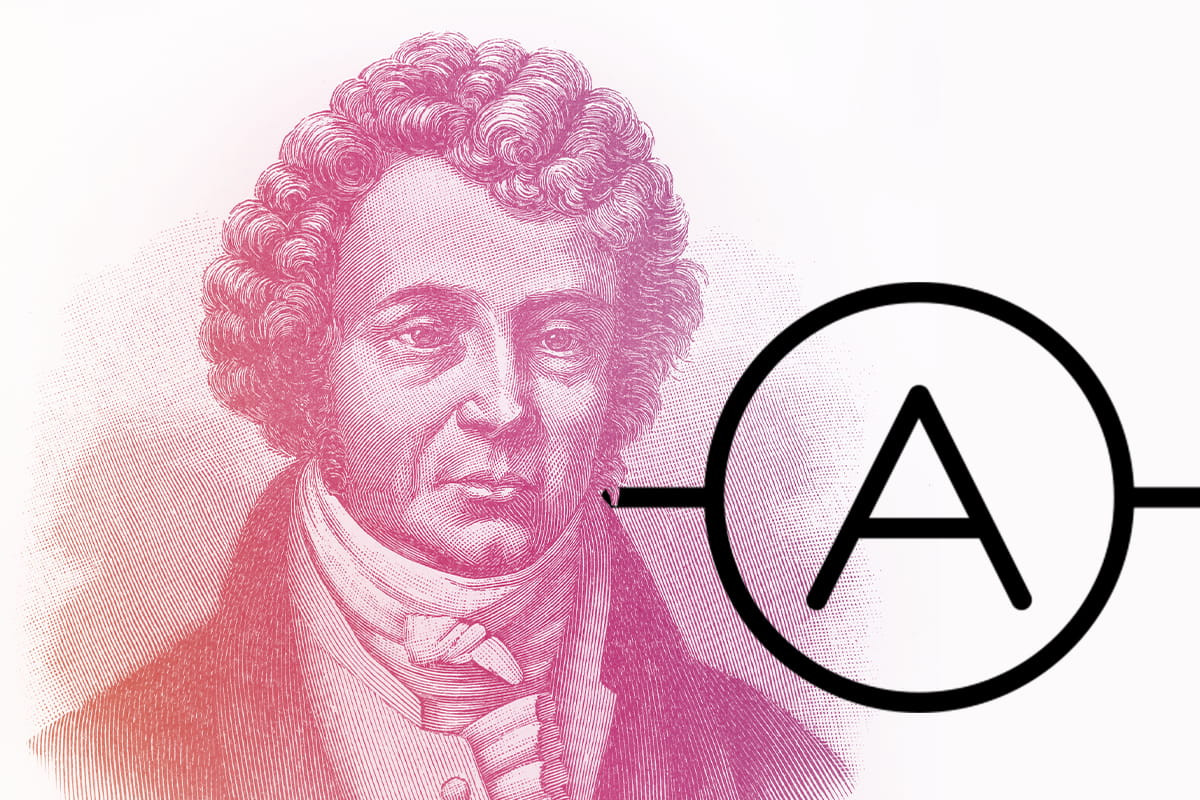

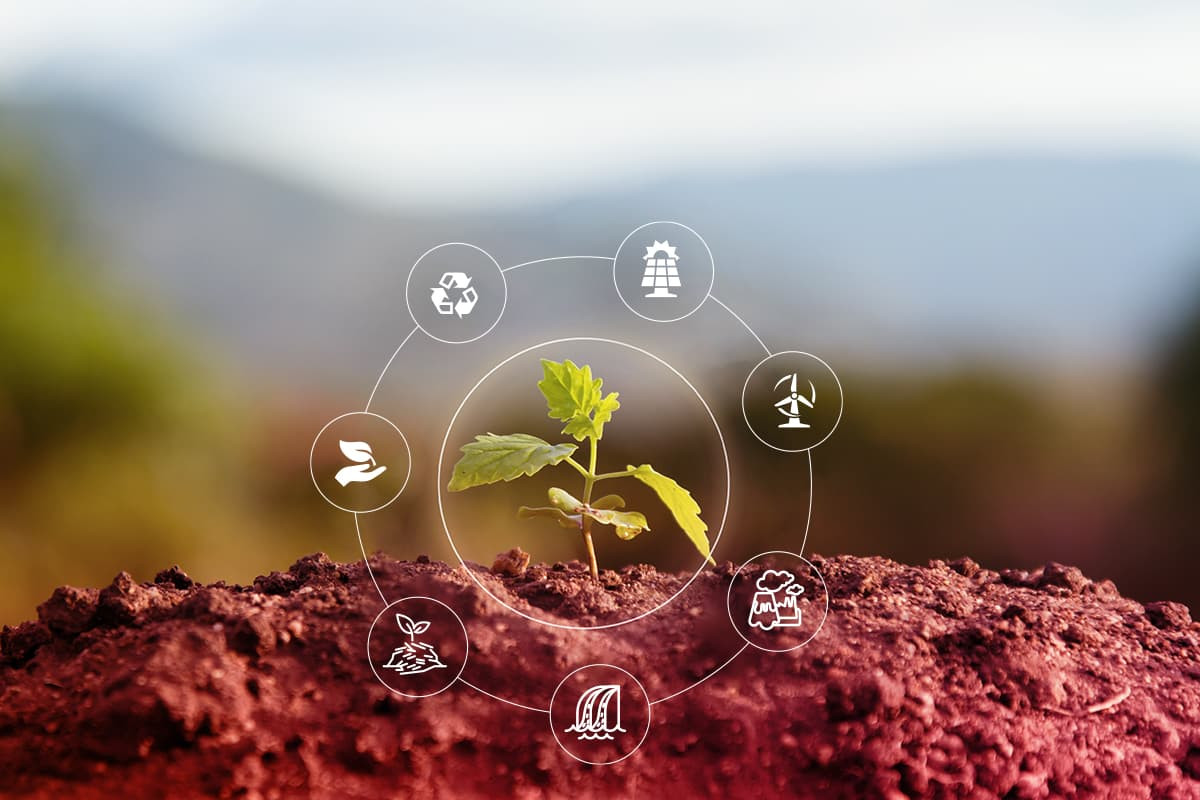


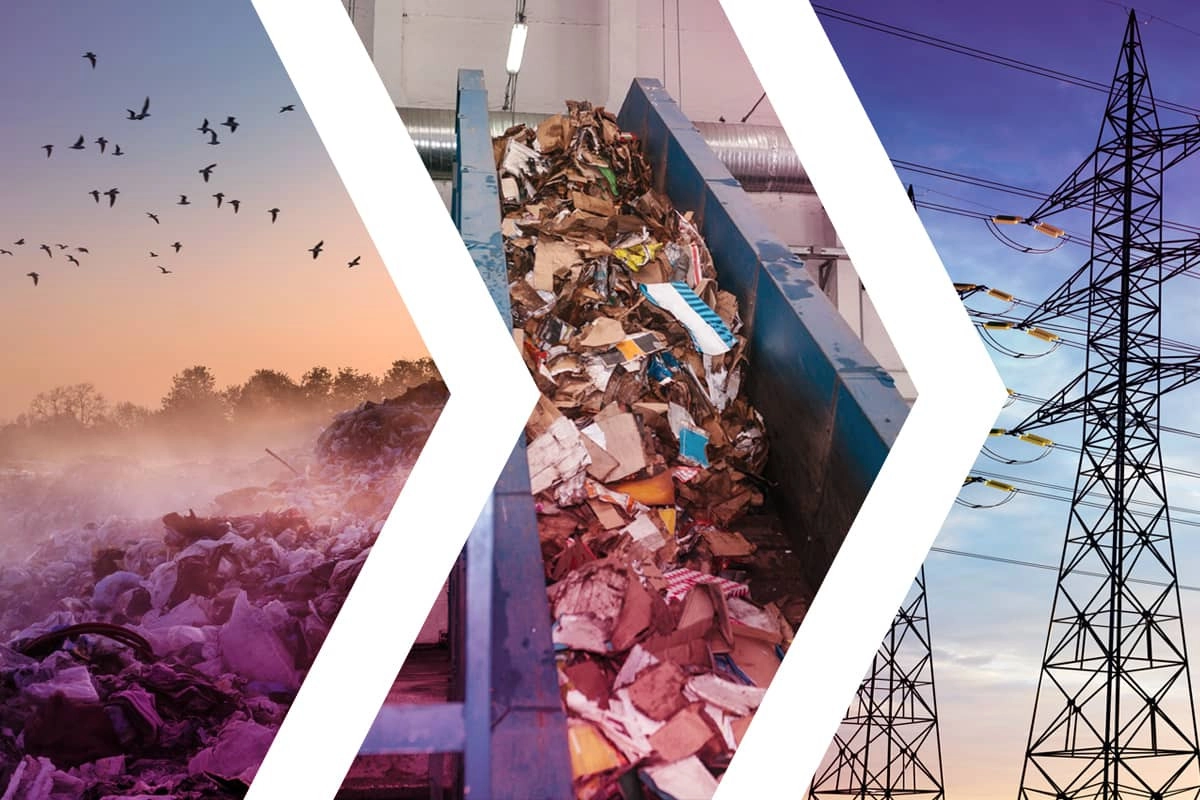
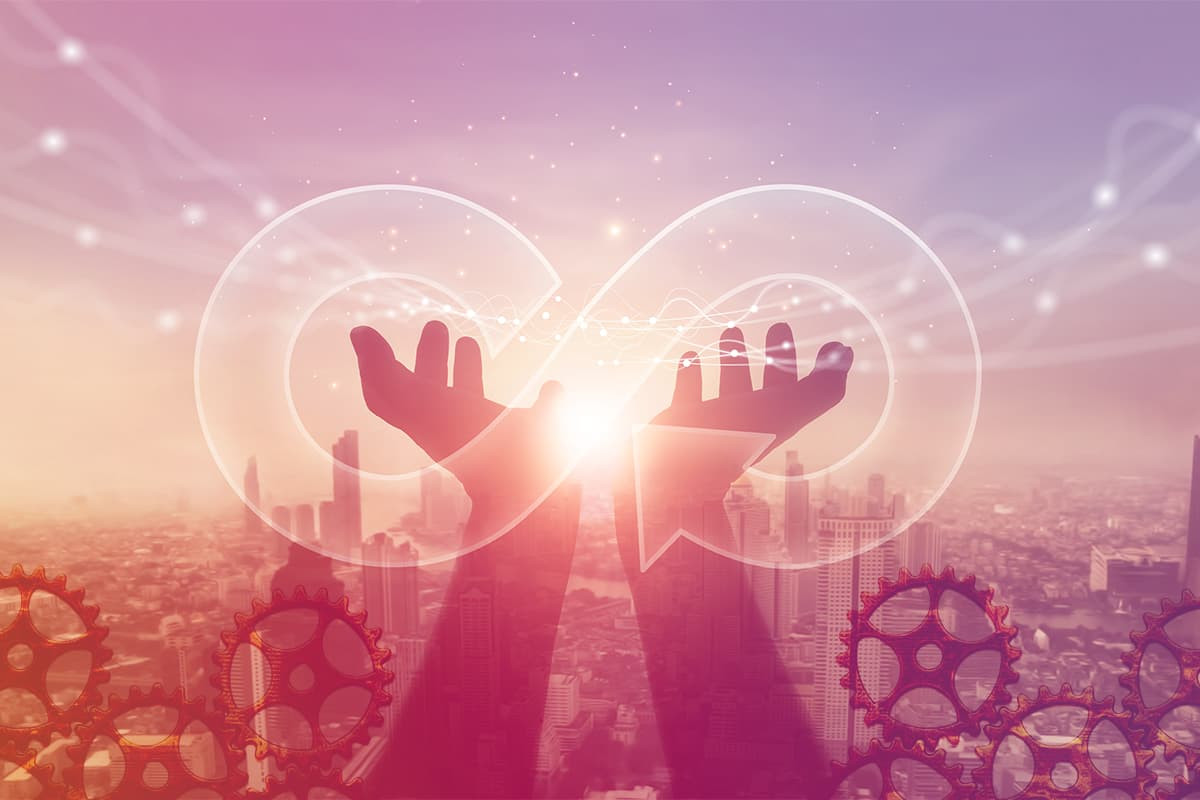
Leave a Comment